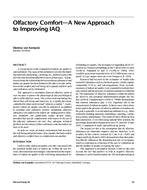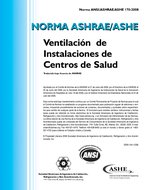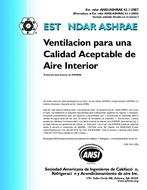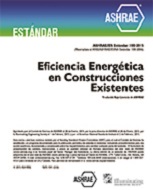Description
A crucial factor in the evaluation of indoor air quality is odor pollution. The cause of this pollution is not only the building materials, furnishings, carpeting, etc., found in a space but also the emission of bioeffluents by users of that space. To date, research into the relationship between odorous substances and indoor air quality has been limited to the effects of odor pollution on the comfort and well-being of occupants and how such odor pollution can be eliminated.
This approach is incomplete from an olfactory point of view because it ignores the physiological and psychological effects of the olfactory sense. The science of aromachology has shown that well-being and mood are, to a significant extent, controlled by what can be termed “olfactory comfort.†A satisfactory indoor air quality can only by attained if, in addition to avoiding odor pollution, positive stimulating olfactory substances are added to the indoor air. Adding positive olfactory stimulants can significantly reduce decipol values, provided that specific requirements with respect to the use of the olfactory substances are met. Also, adequate technical facilities for the release of these substances into the indoor air have to be used.
In order to create an indoor environment that increases the well-being and performance of occupants, thermal comfort and olfactory comfort have to complement one another.
IAQ and Energy 98 Using ASHRAE Standards 62 and 90.1 Conference Papers
Citation: IAQ Conference: IAQ 98
Product Details
- Published:
- 1998
- File Size:
- 1 file , 460 KB
- Product Code(s):
- D-8122




